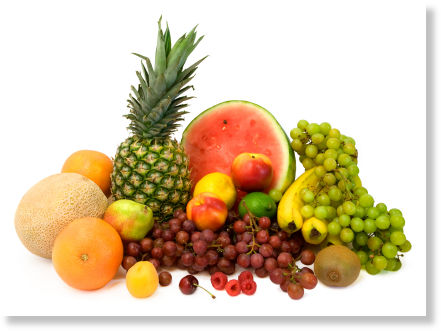
© Unknown
Table sugar, the form of sugar individuals generally spoon into their tea or coffee or use when making, say, cakes and puddings, is comprised of sucrose. Sucrose is technically termed a 'disaccharide', a term used to describe sugars which are comprised of two individual sugar molecules joined together. Those two sugars, in the case of sucrose, are glucose and fructose, and when sucrose it is digested down to its constituent sugars prior to absorption into the bloodstream.
The glucose in sucrose undoubtedly contributes to the glycaemic load of the diet, and the more sugar someone eats, the greater the rise in blood sugar levels. More glucose in the bloodstream means more insulin, of course, which as we know can contribute to health issues such as insulin resistance, Type 2 diabetes, heart disease and, of course, weight gain.
In contrast to glucose, fructose has traditionally enjoyed a healthy reputation, mainly on the basis that it does not raise blood sugar levels. Fructose is also the predominant sugar in many fruits - something which tends to bestow it with an image of healthiness.
In recent years, though, a steadily growing mound of research demonstrates that fructose, while it does not raise blood sugar levels directly, can nevertheless have some profoundly toxic effects on the body. Interest here has been sparked, at least in part, by the fact that increasing amounts of the sweetening agent 'high fructose corn syrup' (HFCS) are making their way into the diet. HFCS is made cheaply by the chemical treatment of the starch in corn, and contains fructose and glucose in roughly equal measure.

Comment: For more information about salt consumption and the benefits of natural salts read the following articles: